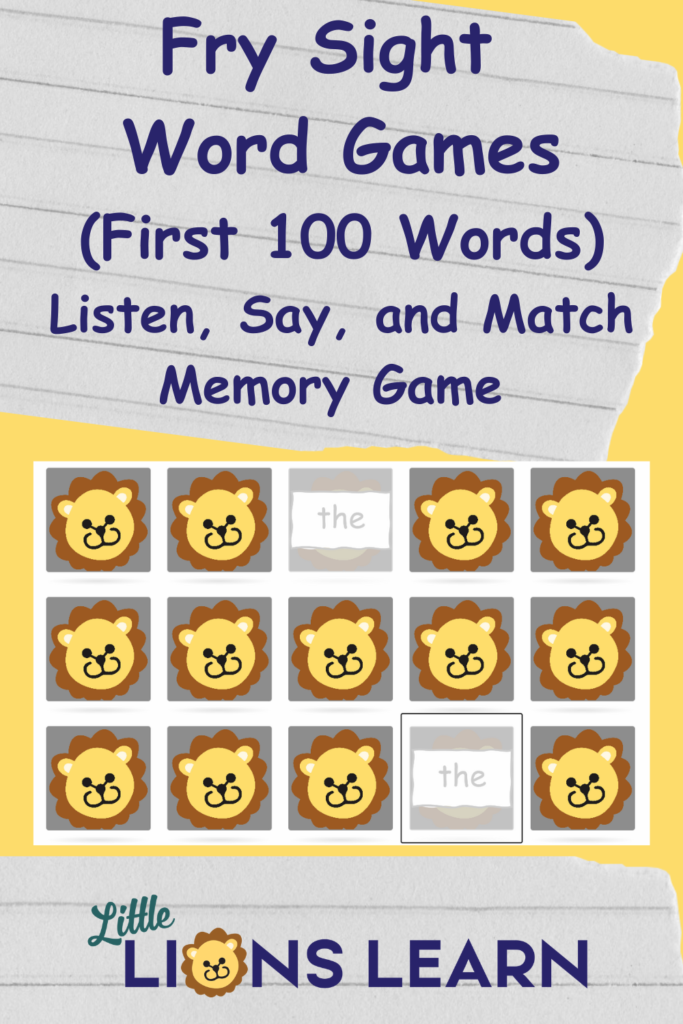Empowering Your Homeschool Child: Effective Strategies to Boost Reading Skills
Introduction
As a homeschooling parent, one of your primary goals is to ensure your child develops strong reading skills. Reading is a fundamental skill that opens up a world of knowledge and imagination. By implementing effective strategies and fostering a positive learning environment, you can help your homeschooled child become a confident and proficient reader. In this blog post, we will explore practical tips and effective strategies to boost reading skills in your child’s reading journey.
Create a Print-Rich Environment
Surround your homeschooling space with a variety of reading materials, such as books, magazines, newspapers, and even e-books. Make regular visits to the library to expose your child to a wide range of genres and topics. This print-rich environment encourages curiosity and helps develop a love for reading.
Read Aloud
Reading aloud to your child is an excellent way to promote language development and enhance reading comprehension. Choose age-appropriate books and engage your child in discussions about the story, characters, and themes. Reading aloud also models proper pronunciation and intonation, helping your child become a more fluent reader.
Provide Access to Diverse Reading Materials
Offer your child a selection of books and reading materials that cater to their interests and reading level. Variety is key to keeping your child engaged and motivated to read. Consider fiction and non-fiction books, graphic novels, poetry, and magazines. Encourage your child to explore different genres and discover their preferences.
Encourage Independent Reading
Allocate a dedicated time each day for independent reading. Set aside distractions, create a cozy reading nook, and allow your child to choose books they are genuinely interested in. Encourage them to read silently, and gradually increase the reading duration as their stamina improves. Celebrate their accomplishments and offer positive reinforcement.

Utilize Phonics Instruction
Phonics instruction is an essential component of reading development. Teach your child the relationship between letters and their corresponding sounds. Use a systematic and structured approach, starting with basic phonetic patterns and gradually progressing to more complex ones. Incorporate hands-on activities, games, and interactive resources to make phonics learning enjoyable.
Engage in Word Work
To reinforce phonics skills and expand vocabulary, engage your child in word work activities. Create word walls, use flashcards, and play word-building games. Encourage them to identify new words while reading and provide opportunities for them to use those words in context. Expand their vocabulary by discussing synonyms, antonyms, and word meanings.
Implement Reading Comprehension Strategies
Reading comprehension is the ability to understand and interpret the text. Teach your child strategies such as predicting, summarizing, questioning, and making connections. Encourage them to visualize the story and ask them open-ended questions to stimulate critical thinking. Gradually introduce more complex texts as their comprehension skills improve.
Incorporate Technology
Leverage technology to supplement your child’s reading development. Educational apps, e-books, and online resources can enhance their learning experience. Many platforms offer interactive reading materials, phonics and sight word games, and comprehension activities that make learning engaging and fun.
Foster a Love for Reading
Make reading an enjoyable and pleasurable experience for your child. Read together, participate in book clubs, and attend author events or book fairs. Storyline Online is a great website to listen to read-aloud stories, and the books change often so you can keep going back for new stories. Set aside time for family reading where everyone enjoys their chosen books in each other’s company. Encourage your child to express their opinions about what they read and recommend books to others.
Seek Support and Assess Progress
Consider joining homeschooling communities or book clubs to connect with other parents and share resources. Regularly assess your child’s progress through informal reading assessments or standardized tests. Readworks.org is a great website to help assess reading comprehension. You can assign a story, vocabulary, and questions to go with it. Identifying strengths and areas for improvement will help you tailor your instruction to meet their needs effectively.
Conclusion
As a homeschooling parent, you have the unique opportunity to shape your child’s reading abilities and ignite their passion for lifelong learning. By creating a print-rich environment, engaging in read-aloud sessions, incorporating effective instructional strategies, and fostering a love for reading, you can empower your homeschooled child to become a confident and proficient reader. Remember to be patient, provide a supportive environment, and celebrate their progress along the way. Use the effective strategies you have learned about to help boost your child’s reading skills. Happy reading!


